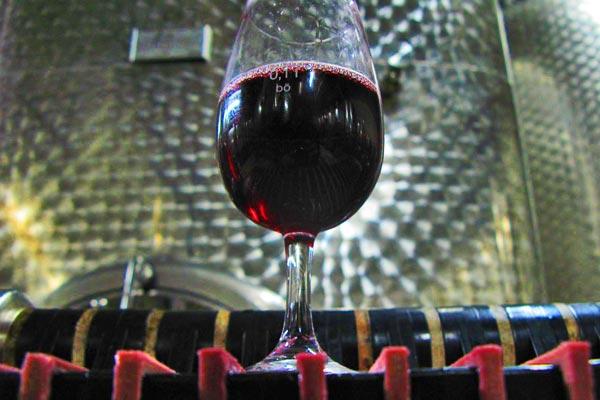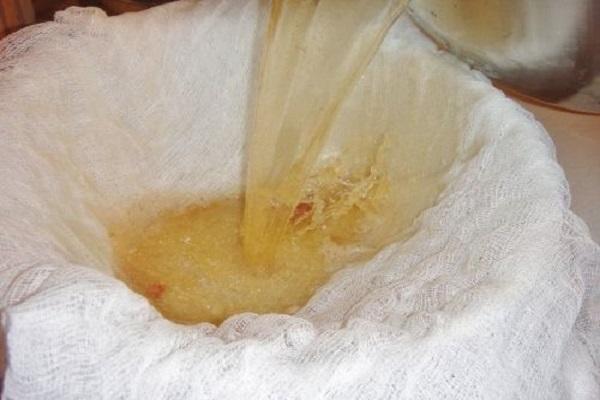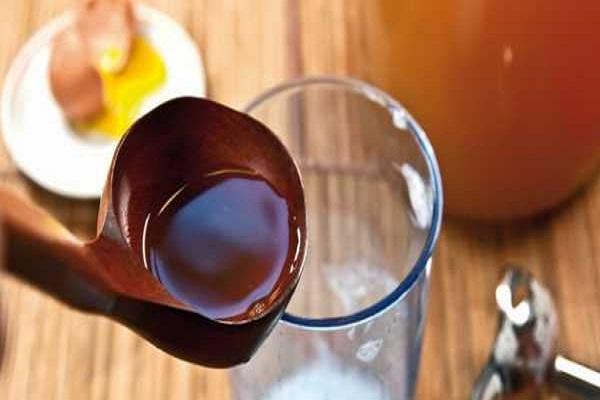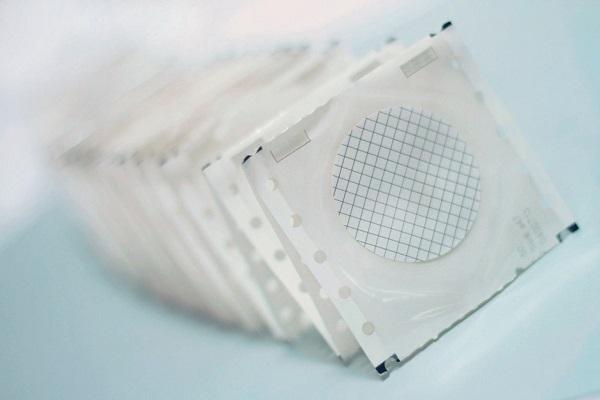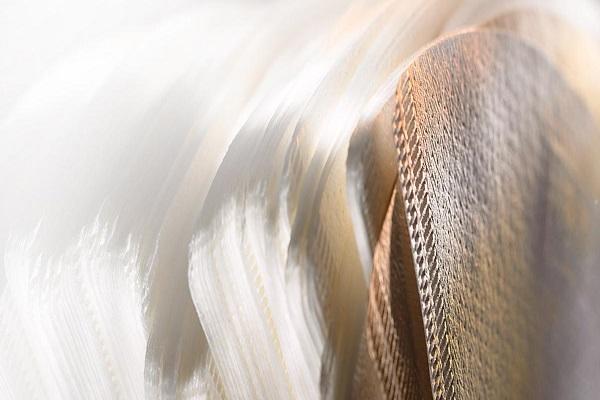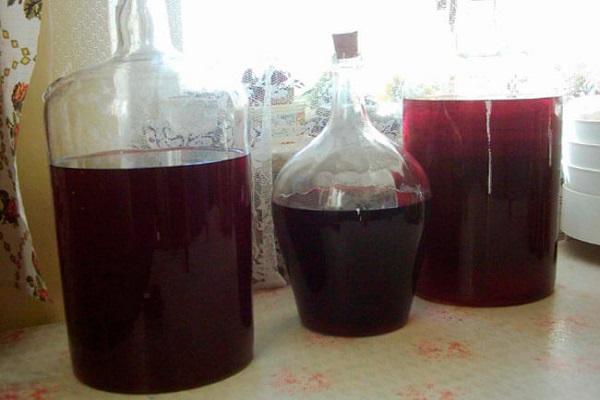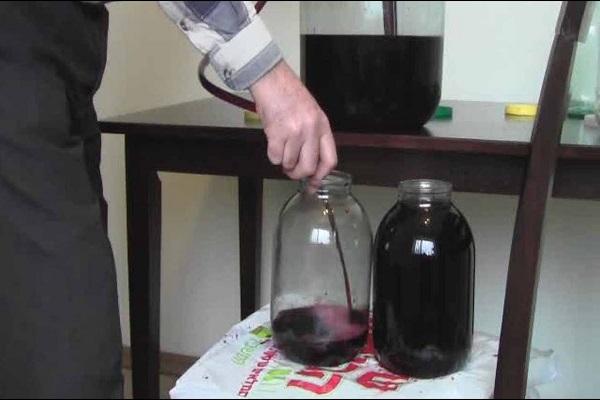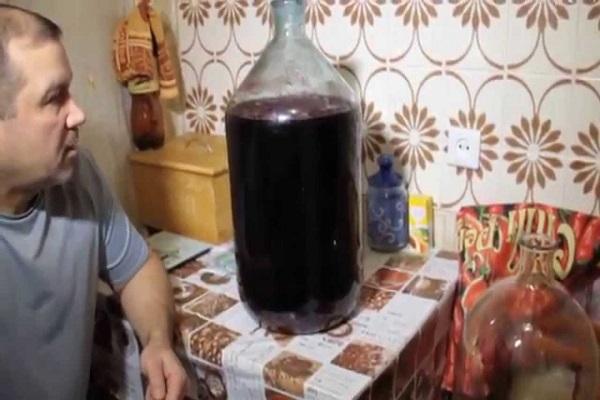A novice winemaker often asks the question: when to drain fermented wine from the sediment? As soon as sediment has appeared at the bottom of the bottle with the wort, and bubbles with carbon dioxide have ceased to be released, the time has come for the first removal of the wine. You may need several filtrations, the amount depends on the quality of the wine material and the preparation technology and type of wine produced.
- Why is filtering needed?
- When should it be done, how often and how many times?
- Types of wine filtration
- Types of filters
- Dependence of the formation of sedimentary elements on the type of wine
- How to properly drain wine from sediment without turbidity at home?
- How to remove wine from sediment without a hose or tube
Why is filtering needed?
Filtering fermented grape or berry wine is a mandatory step in preparing a homemade alcoholic drink. The purity of the finished product determines the taste, consistency and aroma of wine, apple cider or other alcoholic products created with your own hands.
Dead bacteria and fungi, which take an active part in the fermentation process, sink to the bottom, thus forming a sediment that must be promptly removed from the bottle. If you are late with filtration, the wine will acquire bitterness and an unpleasant odor and even become dangerous to human health. You will need to filter the drink at home several times.
On a note! In the culture of winemaking, only one type of sediment is allowed, emphasizing the nobleness of the wine - this is tartar; it does not affect the taste of the drink, aroma, consistency and color.
If a person notices a sediment in the form of tartar in a bottle of unopened wine, this does not indicate a lack of quality of the drink; on the contrary, a bottle of a noble drink has fallen into his hands, which will surprise him with its exquisite taste.
When should it be done, how often and how many times?
When making homemade wine, filtration is a must. If a wine drink is created based on fruits or berries, cleaning will need to be done several times.
On average, homemade wines are purified about three times, and the fermentation process lasts three months.
The formation of sediment at the bottom of the container is the first signal of the end of the fermentation process. The thickness of the bottom layer can reach 5 or more centimeters. After the first cleaning, the wine is left in the bottle and waiting for a new sediment to form; the procedure is repeated until flakes stop forming.
The first time a homemade drink is filtered immediately after the sediment has formed, the second time the purification is carried out approximately 60 days later, the final filtration is carried out 90 days after the first sediment has formed.
Types of wine filtration
There are various ways to filter wine at home. The most common is to filter the drink through cheesecloth; removing sediment flakes in this way is not difficult. The fabric is laid in several layers and cleaned.
There are traditional ways to filter homemade wine:
- using egg white;
- gelatin;
- cow's milk;
- activated carbon.
These processes are based on chemical reactions, and after using folk remedies, the wine must be infused again and filtered through filters.
Experienced winemakers use special press filters; cleaning using professional means is of high quality, repeated filtration is not required, and carrying out such an automated procedure is much simpler and more convenient. Therefore, if a person has material capabilities and is an adherent of modern technologies, they do not deny themselves this pleasure and refuse straws, hoses and gauze.
Types of filters
The most popular filter for purifying wine is cardboard. You can buy it in a specialized store. These filters allow for coarse, fine or medium cleaning and are used in filter presses. This device forces a wine drink under pressure through several filters. The loss of wine is minimal, and the degree of purification is of high quality.
Other professional filters include:
- membrane;
- tangential;
- vacuum;
- lenticular;
- Kieselguhr.
Using automated cleaning devices, you can filter 200 liters of homemade wine and get rid of sediment in just 1 hour.
From available filters, you can use coffee filters, gauze, burlap or a separator.
In wine shops you can buy a modern absorbent - bentonite, which is able to collect the biological remains of bacteria. Bentonite not only purifies wine, but also clarifies it, improves consistency and taste. Available in powder or liquid form.
Dependence of the formation of sedimentary elements on the type of wine
Any wine forms sediment, the drink must be filtered and poured into a new bottle, whether it is white, red wine, made from grapes or berries, it does not matter.
Homemade wine is a natural fermentation product, and sediment in it may fall out several times during the production process; accordingly, filtration must be repeated.
The loss of tartar in grape wine is a sign of the nobleness of the drink; such wine products are valued by tasters and wine producers. There is no need to get rid of such sediment.
How to properly drain wine from sediment without turbidity at home?
On average, you need to filter homemade wine with your own hands three times. The first cleaning is carried out immediately after the first sediment has formed, the drink must be quickly strained, then the procedure is repeated after two months, and then after another month.
To get rid of turbidity and get a pure color of the drink, it is recommended to adhere to the following rules:
- Prepare the necessary tools in advance: a tube (at least one meter long, 1 centimeter in diameter), a container for draining the sediment.
- 5 days before the expected date of precipitation and filtration, the bottle is moved to a stool.
- Do not lower the tube directly to the bottom of the container; the distance from the bottom should be 3 centimeters.
- It is necessary to strain the drink slowly and carefully, without lifting the turbidity from the bottom.
Experienced winemakers recommend using another proven trick.
As soon as the end of the tube is lowered into the bottle of wine, place the other end of the hose to the neck of the container to drain and do not lower it to the bottom, it is believed that this technique can improve the taste of the wine.
How to remove wine from sediment without a hose or tube
When using a tube to filter a wine drink, a fairly large proportion of the finished product is inevitably lost, which merges with the turbidity. There is a more labor-intensive, but more gentle technology for removing wine from sediment without a hose or tube.
Home winemakers often use coffee filters or double cheesecloth to clean mature wine. The finished drink must be drained through a filter and poured into another sterilized container.
Please note that in this case, it is necessary to filter the wine from the bottle into a smaller container; the volume of the drink will become smaller due to the removed sediment.
Nowadays, household appliances are indispensable assistants in housekeeping. This trend is also visible in home winemaking. You can simplify manual labor and remove wine from sediment without unnecessary complications using an automated press filter; just purchase inexpensive replacement filters and study the instructions.

